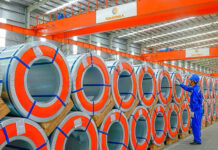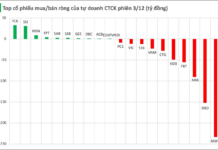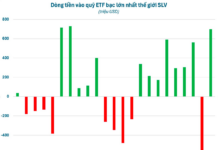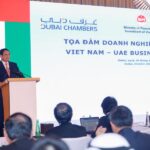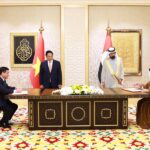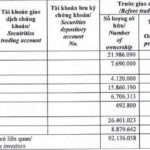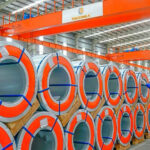On October 28, 2024, in Dubai, the Comprehensive Economic Partnership Agreement (CEPA) between Vietnam and the United Arab Emirates (UAE) was signed in the presence of the Prime Minister of the Socialist Republic of Vietnam, Pham Minh Chinh, and the Vice President and Prime Minister of the UAE, Mohammed bin Rashid Al Maktoum. This marks a significant step forward in the bilateral relationship between the two countries.
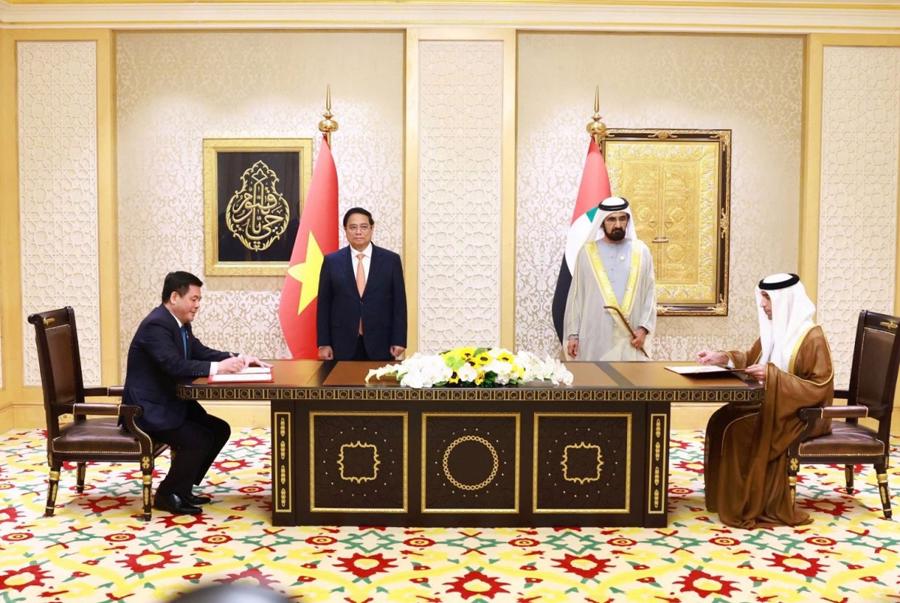
The agreement was signed by the Minister of Industry and Trade of Vietnam, Nguyen Hong Dien, and the UAE Minister of State for Foreign Trade, Thani bin Ahmed Al Zeyoudi, and it is the first free trade agreement between Vietnam and an Arab country. CEPA covers a wide range of areas, including trade in goods and services, investment, rules of origin, technical barriers to trade, sanitary and phytosanitary measures, customs, trade remedies, government procurement, intellectual property, and legal and institutional issues.
One of the most notable aspects of the agreement is the strong commitment to trade liberalization, with the UAE eliminating tariffs on 99% of Vietnam’s exports to the country and Vietnam doing the same for 98.5% of UAE’s exports. This mutual opening of markets will boost economic cooperation and create new opportunities for businesses in both countries.
The agreement also includes provisions that facilitate trade and investment and are in line with the current trends of digital transformation and green development. Additionally, the timing of the agreement is significant, as it comes during a period of strong bilateral trade growth between Vietnam and the UAE.
According to Vietnam’s Ministry of Industry and Trade, the UAE is one of Vietnam’s most important trade and investment partners in the Middle East. It serves as a strategic gateway for Vietnam to access not only the Middle Eastern market but also markets in West Asia and Africa. The complementary nature of the two countries’ economies and trade structures makes CEPA a advantageous for Vietnam to promote its strengths in exports to the UAE and the wider region.
At the same time, Vietnam will have the opportunity to access advanced technology, capital, and high-quality services from the UAE, which will help reduce production costs and enhance the competitiveness of Vietnamese goods. Conversely, UAE goods and services will have improved access to the Vietnamese market and the larger ASEAN market due to Vietnam’s strategic location.
The UAE is Vietnam’s largest export market and second-largest trading partner (after Kuwait) in West Asia. Trade data from Vietnam Customs shows that between 2018 and 2023, the average annual trade turnover between the two countries reached approximately $5 billion. Vietnam consistently maintained a large trade surplus with the UAE, ranging from $3 to $4 billion per year.
In 2023, the two-way trade turnover reached nearly $4.7 billion, an increase of 5.9% compared to 2022. Vietnam’s exports to the UAE were valued at over $4 billion, a 4.3% increase, while imports from the UAE totaled over $676 million, a 16% jump.
The momentum continued into 2024, with two-way trade in the first eight months reaching over $4.47 billion, a significant 45% increase compared to the same period in 2023. Vietnam’s exports to the UAE stood at $3.85 billion, up by 47.5%, while imports from the UAE reached $623.5 million, a 32.5% increase.
Mobile phones, computer and electronic components, electrical appliances, pepper, seafood, footwear, textiles and garments, cereal products, plastics, and wooden furniture are among Vietnam’s key exports to the UAE. On the other hand, Vietnam’s primary imports from the UAE include plastic raw materials, liquefied gas (LPG), petroleum products, animal feed ingredients, base metals, and chemicals.
This CEPA agreement is expected to further strengthen the economic ties between Vietnam and the UAE, opening up new avenues for growth and development for both nations.
Unlocking Economic Opportunities: Strengthening the Vietnam-UAE Economic Partnership
“There is an immense opportunity to connect and synergize these two economies, leveraging their complementary strengths.”


















